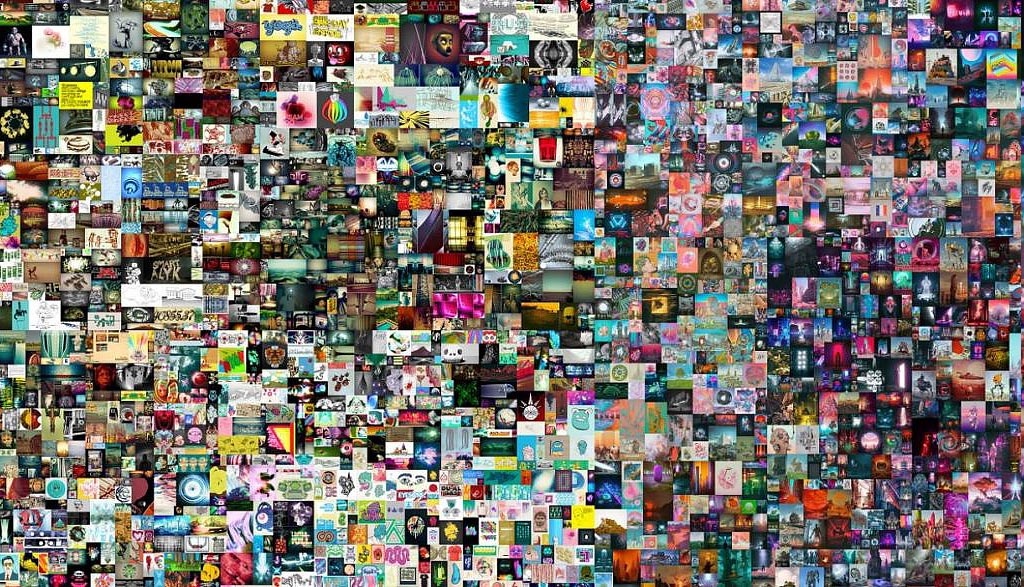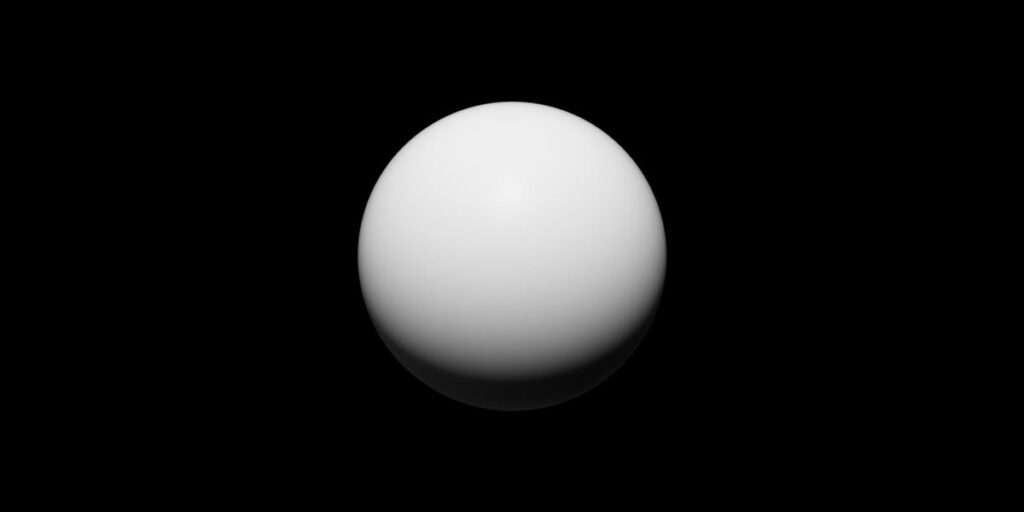What is an NFT? Almost not a week goes by now without me being asked about cryptos, digital assets, blockchain, NFTs about who, what, how, why and where the journey is going. Rightly so, because for many out there it is becoming increasingly confusing and in some cases crazy.
The most recent case was this weekend when a good colleague from the banking sector asked me the following:
“Dude, what’s going on there with the Cryptos anyway? This NFT stuff, for example. I did some superficial research on what these NFTs are supposed to be. I thought I understood it but I didn’t really get it. I read in the news that someone paid 40 million for a pixelated ugly picture, what is that? What exactly is an NFT now?”.
In a recent article, I mentioned the topic of NFT in the context of the gaming industry and as a potential investment, feel free to check it out:
Article Link: NFT Gamification as Investment?
Those who think that NFTs are only for the artists and Picassos of the world are perhaps taking the easy way out and missing out on opportunities that have never been easier to access than they are right now. All it takes is interest and a willingness to engage with the subject matter.
What is an NFT? What does NFT mean?
Table of Contents
NFT means “Non-fungible-Token” or to make it short, a unique element which cannot be replaced by another one. A Euro, Dollar, or Bitcoin, by contrast, are “fungible.”
In other words, if I exchange one dollar for another, I end up with the same dollar. Replacing the Mona Lisa, on the other hand, would be completely impossible by comparison, or let’s take a unique trading card, stamp, etc.
You can trade these objects, sell them etc. but you will never get back the same original as a counterpart, they are “non-fungible” (not replaceable).
How do NFTs work?
We now cut to the related topic of cryptocurrencies and blockchain. Public proof of ownership of an NFT is done or stored using blockchain technology.
A large portion of NFTs are part of the Ethereum Blockchain (ETH). Ethereum is a cryptocurrency whose blockchain stores information about an NFT.
There are several blockchains that can maintain NFTs, including, for example:
- Ethereum (ETH)
- Polygon (MATIC)
- Solana (SOL)
- Cardano (ADA)
- EOS (EOS)
What distinguishes NFTs is also the fact that their owners can add information such as metadata or attributes. For example, tokens representing diamonds can be traded as “clean” and with origin XYZ. The possibilities are very versatile.
But it’s not just assets that could be NFTs. If we think only of personal data, NFTs could also be used for identity management in the digital domain. Whether one wants this is another legitimate question.
The advantages of the NFT are therefore obvious
A great advantage of the NFT is its efficiency. Converting a physical asset into a digital one improves and shortens quite a few processes and literally makes middlemen superfluous.
Different types of NFTs
There are a variety of NFTs and we should equally not forget that we are still at the very beginning of this concept. In principle, anything could be an NFT. With the coming future, clearly more variants will be formed. In demand and heavily discussed at the moment are the following:
Art NFT
Artists can thus “tokenize” their digital art / artworks, i.e. assign public property rights to a digital portrait, for example, which is stored on the blockchain. The artwork can be traded / sold accordingly.
Real Estate NFT
Physical assets such as real estate assets can be efficiently and cleanly divided between investors. Thus, a property as an asset does not necessarily have to have an absolute owner and even split shares can be sold or exchanged in the simplest way.
Music NFT
Music NFTs could also change the music industry massively. As an investor, you could, for example, buy an artist’s new song, or maybe even just own it as a part owner, of a small portion of the song. From the technical possibilities it would even be possible that via smart contracts the condition is defined that as soon as the song is played on public radio or Spotify, amount X flows to owner/part owner Y, completely automated.
NFT Games
NFT games allow players to collect rewards that they can later trade in as NFTs. One of the first games to implement this was CryptoKitties. The game allows players to breed and trade digital cats using Ethereum-based smart contracts.
NFT Fashion
People are already creating handbags, dresses, for example, for video game characters to sell online. NFTs offer fashion brands and digital artists a way to showcase and sell their work. Likewise, these digital fashion elements for avatars could be used in video conferencing, for example. The possibilities are almost unlimited.
Brands such as Coach, Burberry and Longines are beginning to sell NFTs in their virtual fashion showroom via the Metaverse.
NFT Memes
Memes have brought in millions of dollars as NFTs this year. The creators and faces of popular memes, have realized that making people laugh doesn’t have to be an altruistic act. It can even be extremely profitable if done right. NFT memes are sure to become even more popular as people look for new, innovative and exclusive ways to make money.
The most expensive NFTs (2 examples)
Everydays – The First 5000 Days: USD 69.3 million

Known as Mike Winkelmann, artist name “Beeple,” an artwork titled Everydays – The First 5000 Days sold for $69.3 million at a Christie’s auction on March 11, 2021, making it the most expensive NFT sale Beeple had achieved.
It was the first purely digital NFT-based artwork offered by a major auction house (Christie’s). It owes its name to the fact that Beeple created a collage of 5000 individual images, which were taken daily in the period from 2007 to 2020.
With the sale, Beeple is now among the “three most valuable living artists.”
The Merge: USD 91.8 million
The Merge” is not simply a single work, but so-called fragmented art, because instead of a single owner, “The Merge” is owned by 28,983 collectors. As a result, collectors bought a total of 266,445 NFT parts by the end of the auction on December 4.”

Each “fragment” cost at the beginning of the auction on the NFT marketplace Nifty Gateway, 575 USD. The price increased by 25 USD every six hours. “The Merge,” or its creator with the pseudonym “Pak,” raised a record $91.8 million.
Why pay when “right click save image” also works?
While this is correct, even a Mona Lisa can be bought as a poster for under $10 and hung in the living room. Keyword “property right”, that’s exactly the point!
The exclusive original of the Mona Lisa rightly hangs in the Louvre Museum in Paris and the ownership rights are also clearly defined.
NFTs regulate public property rights! They give artists, producers, labels a highly efficient way to create digital elements under clear conditions and distribution channels and make them easily accessible to a public mass.
How to buy NFTs?
Short: Most of the NFTs can be purchased with the cryptocurrency Ether (ETH). Of course, you also need a digital wallet like MetaMask or TrustWallet to store your ETH. With the existing ETH, you can buy NFTs through one of the designated online marketplaces, which include OpenSea, SuperRare, Rarible.
The topic “How and where to buy NFTs”, I would like to show in detail in a separate article, because it could certainly be a bit confusing for beginners, how the buying process takes place.
Do NFTs really have a future?
Time will tell if NFTs are just in a huge hype at the moment in some areas or will prove themselves in the long run. The fact is, there are a variety of technical applications.
It should not be forgotten that despite the breakneck speed in terms of digital innovations like NFTs, we are still in the early startup phases of the industry.
Look away and pretend that none of this exists and simply dismiss it as hype? That would possibly be too easy and perhaps even a very big mistake.
As an example, which many are not aware of at all, three fashion giants have come together to form the blockchain group “Aura” to provide tracking solutions to their customers.
Who is involved in NFT here, you ask? For example, it is fashion labels such as Prada, Richemont and LVMH, the parent company of Louis Vuitton, which are collaborating in a digital way and using blockchain technology as part of their business strategy. There has never been anything like this before.
For example, customers can track the authenticity of a product, which raw materials were used, even trace them, or search for a specific item in a specific store and view trading activity on the second-hand market.
So it definitely remains exciting! Do you still have questions regarding “What is an NFT?”. If so feel free to leave us a comment or drop us some lines.